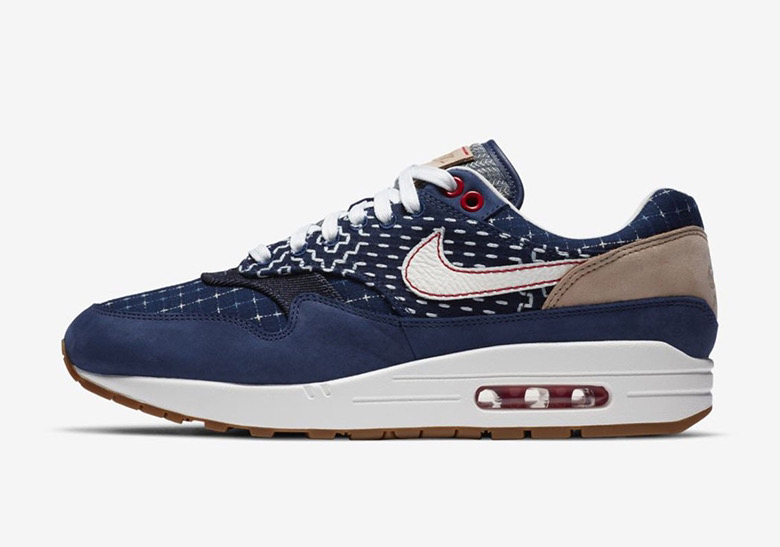
Diggydev
No personal profile
7Follow
0Followers
0Topic
0Badge
That's good
Sorry, the original content has been removed
Buying
NIO: The Path To A $1 Trillion Valuation
Lookout for coming months when they release new products . Stock price will go up
Sorry, the original content has been removed
Correct
Sorry, the original content has been removed
Noice
China launches first astronauts to its space station
Great ariticle, would you like to share it?
Don't Wait For a Market Crash: These 2 Top Stocks Are On Sale
Beaut
25 Undervalued Stocks with Earnings Set to Beat Pre-Covid Levels in 2021
Thank you
Sorry, the original content has been removed
Go to Tiger App to see more news